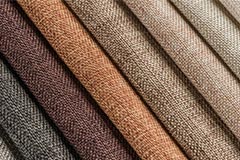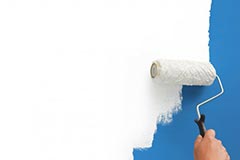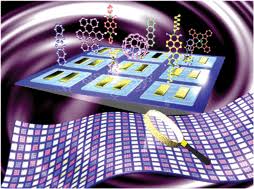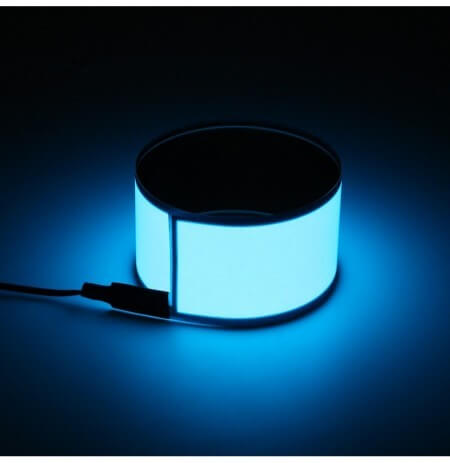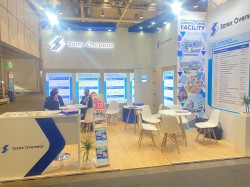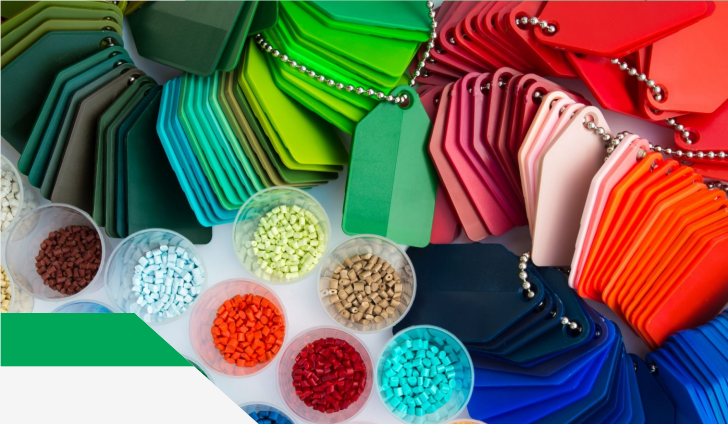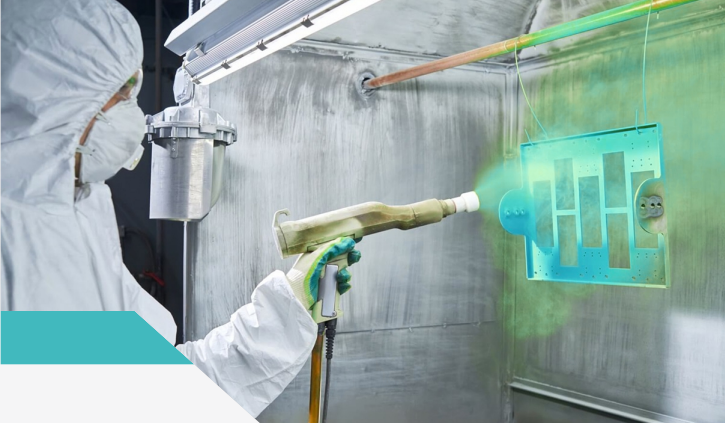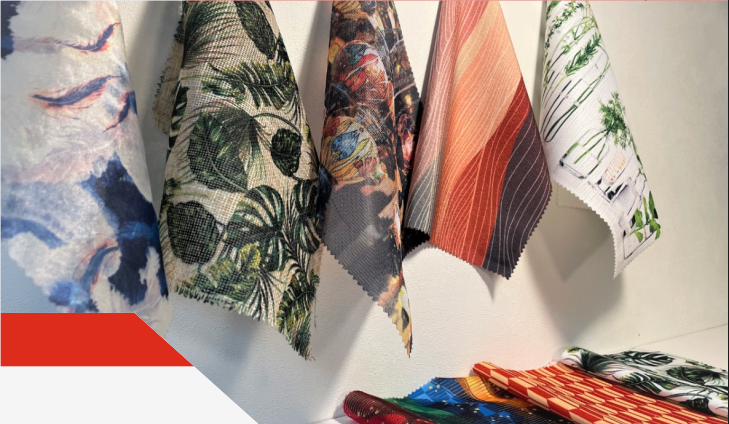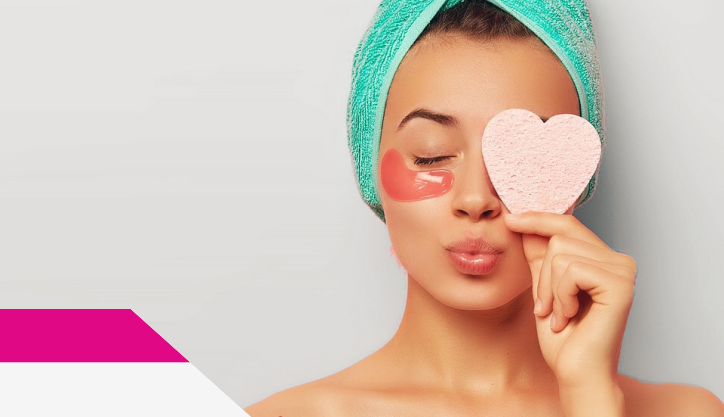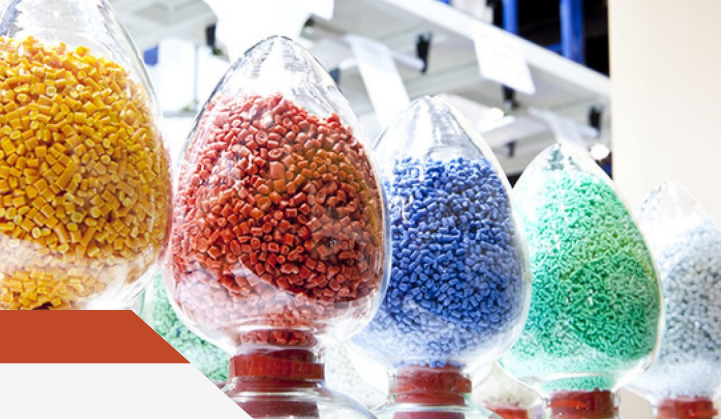Clients




















Blogs
Illuminating the Future: Triazine UV Absorbers Transforming the Plastic Industry
DateMay 15, 2024
In the world of plastics manufacturing, innovation is the driving force propelling the industry toward sustainability and efficiency.
...In the world of plastics manufacturing, innovation is the driving force propelling the industry toward sustainability and efficiency. Amidst this evolution, UV absorbers like Triazine are emerging as game-changers, revolutionizing the way plastics are formulated, processed, and utilized. Let's delve into the transformative power of Triazine UV absorbers and their profound impact on the plastic industry.
Triazine: A Beacon of Protection
Triazine UV absorbers belong to a class of organic compounds renowned for their exceptional ability to absorb ultraviolet (UV) radiation. What sets Triazine apart is its remarkable efficacy in shielding polymers from the harmful effects of UV radiation, such as degradation, discoloration, and loss of mechanical properties. This unparalleled level of protection not only enhances the durability and longevity of plastic products but also mitigates the environmental impact of plastic waste.
The Importance of UV Protection in Plastics
UV radiation poses a significant threat to plastic materials, causing degradation and deterioration over time. This degradation not only compromises the structural integrity of plastic products but also releases harmful micro-plastics into the environment, contributing to pollution and ecological damage. By incorporating Triazine UV absorbers into plastic formulations, manufacturers can effectively combat UV-induced degradation, extending the lifespan of products and reducing the environmental footprint of plastics.
Optimizing Performance with Triazine
One of the key advantages of Triazine UV absorbers lies in their versatility and compatibility with a wide range of polymers, including polyethylene, polypropylene, polycarbonate, and polyvinyl chloride. This versatility enables manufacturers to tailor UV protection to specific applications and processing requirements, ensuring optimal performance across diverse industries such as automotive, packaging, construction, and electronics.
Moreover, Triazine UV absorbers exhibit excellent thermal stability, maintaining their UV-blocking properties even under harsh processing conditions such as high temperatures and prolonged exposure to sunlight. This stability ensures consistent performance throughout the product lifecycle, from manufacturing to end-use applications, delivering reliable protection against UV-induced degradation.
Harnessing the Potential of Triazine in Plastic Formulations
Integrating Triazine UV absorbers into plastic formulations requires careful consideration of factors such as concentration, dispersion, and compatibility with other additives. By optimizing these parameters, manufacturers can achieve the desired level of UV protection while maintaining the mechanical, optical, and processing properties of the plastic material.
In injection molding and extrusion processes, Triazine UV absorbers can be incorporated directly into the polymer matrix or applied as a surface coating to enhance UV resistance. Additionally, compounding techniques such as master-batching offer a cost-effective and efficient means of dispersing Triazine evenly throughout the polymer matrix, ensuring uniform UV protection across the finished product.
Embracing a Sustainable Future
As the global demand for sustainable materials continues to rise, the role of Triazine UV absorbers in driving positive change within the plastic industry cannot be overstated. By safeguarding plastics against UV-induced degradation, Triazine enables the development of durable, long-lasting products that minimize environmental impact and contribute to a circular economy.
In conclusion, Triazine UV absorbers represent a beacon of hope for the plastic industry, offering unparalleled UV protection, compatibility, and performance. As manufacturers embrace the transformative potential of Triazine, they are not only elevating the quality and durability of plastic products but also paving the way for a more sustainable and resilient future.
Read Morein-cosmetics Korea 2024
DateJun 28, 2024
Location : Hall C, COEX, Seoul, South Korea
Date : July 24 - 26, 2024
in-cosmetics Korea 2024
Location : Hall C, COEX, Seoul, South Korea
Date : July 24 - 26, 2024
Sarex Overseas will soon embark on an exciting visit to in-cosmetics Korea 2024, the world's leading cosmetic exhibition. Our team is eager to explore the latest innovations and trends in the cosmetic industry. As we navigate the bustling halls of Cosmetics, we'll be sharing our discoveries, insights, and the latest trends that are shaping the future of the cosmetic industry.
Would like to fix appointment please send e-mail on fchem@sarex.com
Look forward to meeting you and discuss further.
Frequently Asked Questions
Why Triazine is better to use?
A Triazine UV absorber has excellent properties. In addition, the dosage you need to put into your polymer is usually lower compared to other UV absorbers.
What types of Triazine Product do you offer?
Triazine Exists in three Isomeric forms, we offer 1,3,5-triazine , as its being the most common and widely used Triazine isomeric form to manufacture chemical worldwide.
In which industries Triazine products can be used?
We offer Triazine product industry wise i.e., POLYMER ADDITIVE, COATING, TEXTILE INDUSTRY, PERSONAL CARE & COSMETIC, PHARMACEUTICAL INTERMEDIATES, and ELECTRONIC INDUSTRY
Why are UV Absorbers Used for Coatings?
UV absorbers improves the colour fastness and the durability of the coatings. The coated surface which is exposed to the Sun light is susceptible to degradation due to UV rays of the Sunlight. UV absorber additive in the coating protect it from the UV rays of the Sun.
What is your approach to sustainability and environmental responsibility?
We have been awarded the prestigious EcoVadis Gold Certificate, a testament to our unwavering commitment to sustainability and responsible business practices. The Gold certification shows that we take our social responsibility very seriously.
What procedure should I follow to enquire for Fine Chemical?
You can enquire by simply filling out our contact us & enquiry form. You need to mention your fine chemical related products in the message box.
What is EHS policy?
EHS policy stands for Environment, Health & Safety policy. It refer to rules & regulations to protect the health and safety of employees and the public as well as the environment from hazards associated with the workplace.
What is the quality assurance process for your fine chemicals?
We are accredited ISO 9001:2015, ISO 14001:2015, ISO 45001: 2018 for Quality, health and environment
Quality is assured by highly trained personnel of Quality assurance and Quality control department.
We have regularly calibrated quality control instruments for quality assurance. For detailed information, please refer to the PDF document available here. https://www.sarex.com/fine/storage/app/uploads/public/5f0/6ef/679/5f06ef6793576587799810.pdf









